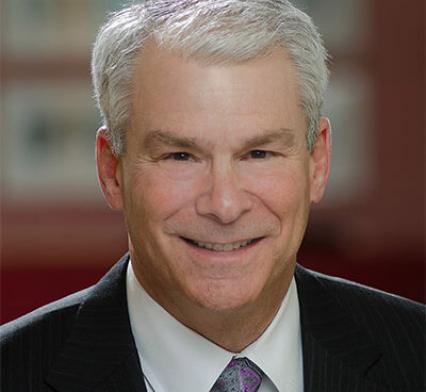Customer-centered Transformation
Digital disruption. Business transformation. Transform now or be left behind. Today is the slowest rate of change you’ll ever see.
As business leaders, we read – and probably utter – phrases like these every day. Ironically, concern about the pace of change and the need to get ahead of it has become so ubiquitous that it’s now standard operating procedure to say “we’ve got to transform our business.”
It’s easy to get caught up in the need for speed. After all, competition is real. We all know we need to evolve, and we feel the pressure – from boards, from shareholders, from competitors – to do it yesterday. Because if we don’t, someone else will eat our lunch.
But before we zoom ahead with reinvention, we all, as business leaders, need to stop and ask ourselves “What is the problem we’re trying to solve?” It can’t just be our problem: our market share, our bottom line, our attractiveness as an employer. It has to be our customers’ problems. Because if we’re focused on the wrong problem, speed to solution won’t matter; we’ll find ourselves even further behind.
This is where another set of buzzwords comes into play: customer-centrism and human-centered design. But the fact that they are “words du jour” doesn’t lessen their significance. Basically, these are the concepts of following your customers on their journeys with your company, identifying their pain points and then innovating to address those pain points.
The innovations can be technological – e.g., digital platforms to make the buying process easier, chatbots to answer questions so customers don’t have to pick up the phone – or human – e.g., cross-training your people to perform multiple tasks and minimize handoffs. The common thread is, what can you learn from the way your customers interact with your company to inform your corporate transformation?
Notice that human-centered design isn’t about asking your customers what they need. We all know the famous Henry Ford line: if he’d asked people what they needed he would have invented a faster horse, not the Model T. It’s about watching them interact with your company and asking them what they like and don’t like about the experience – then combining their responses with their behaviors to develop a new and better experience. And remembering that their expectations are informed by the experiences that have been created for them by Apple, Uber and others.
When I look at the companies relocating to or starting up in Denver, I see lots of disruptors. What about those of us who’ve been here, and in our industries, for a while? We have to take these lessons to heart. My own company has followed this path over the last few years, and we’ve been pleased by how our customers have responded. Our Net Promoter Scores (i.e., the proportion of those who would recommend us) have increased steadily. And our employees, who’ve always prided themselves on being customer-centric, are loving these new opportunities to walk in our customers’ shoes. By altering our perspective, we’re strengthening our business – and transforming for the right reasons.
